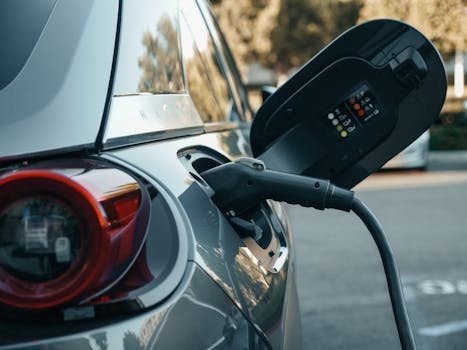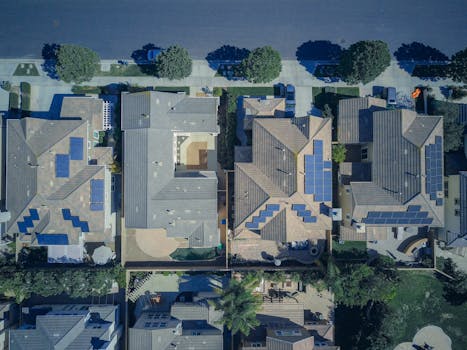
Introduction to Smart Cities

As we approach 2025, the concepts of smart cities are rapidly transforming urban landscapes worldwide. A smart city integrates technology, data, and services to improve the efficiency of operations, enhance citizens’ quality of life, and foster a sustainable living environment. From improved transportation to efficient waste management and energy systems, innovations connect the various facets of urban living.
Technological Integration and IoT Adoption

Among the key trends defining smart cities through 2025 is the aggressive adoption of Internet of Things (IoT) devices. Sensors placed throughout urban environments allow cities to gather real-time data, leading to informed decision-making and services that are responsive to the dynamic needs of citizens.
For instance, smart streetlights equipped with sensors can automatically adjust brightness based on traffic conditions or ambient light. These technologies not only enhance safety through better illumination but also significantly reduce energy consumption and operational costs.
Moreover, IoT applications finding their way into waste management are revolutionizing how cities handle refuse collection. Smart bins equipped with sensors that notify waste management when they are full can reduce excess trips and optimize collection routes, again driven by real-time data analytics.
Sustainability and Environmental Integration

Sustainability stands at the forefront of the smart city framework, influencing various facets of urban planning and infrastructure. With climate change being one of the major global challenges, cities are adopting sustainable practices to minimize carbon footprints. Initiatives involve not only traditional green technologies but also innovative urban spaces that engage and support sustainable behavior among residents.
Green roofs, urban wetlands, and community parks are just a few examples of how city designs integrate natural elements, encouraging biodiversity and resilient ecosystems. Many cities are also moving towards renewable energy sources like solar and wind. Community solar programs, in particular, balance energy distribution while empowering citizens.
Smart Transportation and Mobility Solutions

As the trends progress into 2025, smart transportation will play a crucial role in reducing traffic congestion and emissions. Urban planners advocate for integrated multimodal transport solutions, leading to the creation of comprehensive mobility as a service (MaaS) platforms. These platforms strategically combine public transportation, bike-sharing programs, ride-hailing services, and more, offering users efficient options based on real-time conditions.
Furthermore, electric and autonomous vehicles are fulfilling promises to simplify transportation within densely populated environments. Partnerships between cities and private companies are leading to pilot projects of self-driving buses and electric car-sharing schemes, initiating a shift towards sustainable, harmful-emission-free urban transit.
Community Engagement and Data-Driven Citizen Services

An essential element of urban design amidst these changes is enhancing community engagement and developing citizen-centered services. Tools such as apps and online platforms provide residents with feedback on city services, making citizens active participants in the smart city ecosystem. This engagement builds trust and empathy across political and social spectra, laying groundwork for improved living conditions.
Data transparency is integral to how communities interact. Public analytics encourage citizen feedback mechanisms about city projects or service efficiency via online portals or social media dialogues, allowing for a remarkably direct line of communication and impactful changes based on actual experiences and preferences of residents.
In conclusion, while smart cities will continue to thrive through aggressive technological adoption, their success heavily hinges on addressing long-standing urban challenges with innovative solutions. A focus on sustainability, advanced transport, community participation, and data-driven objectives underlie fine innovations shaping humane, livable cities resilient enough to tackle future challenges. The trajectory leading into 2025 is exciting and filled with unparalleled potential for transformative cities.





